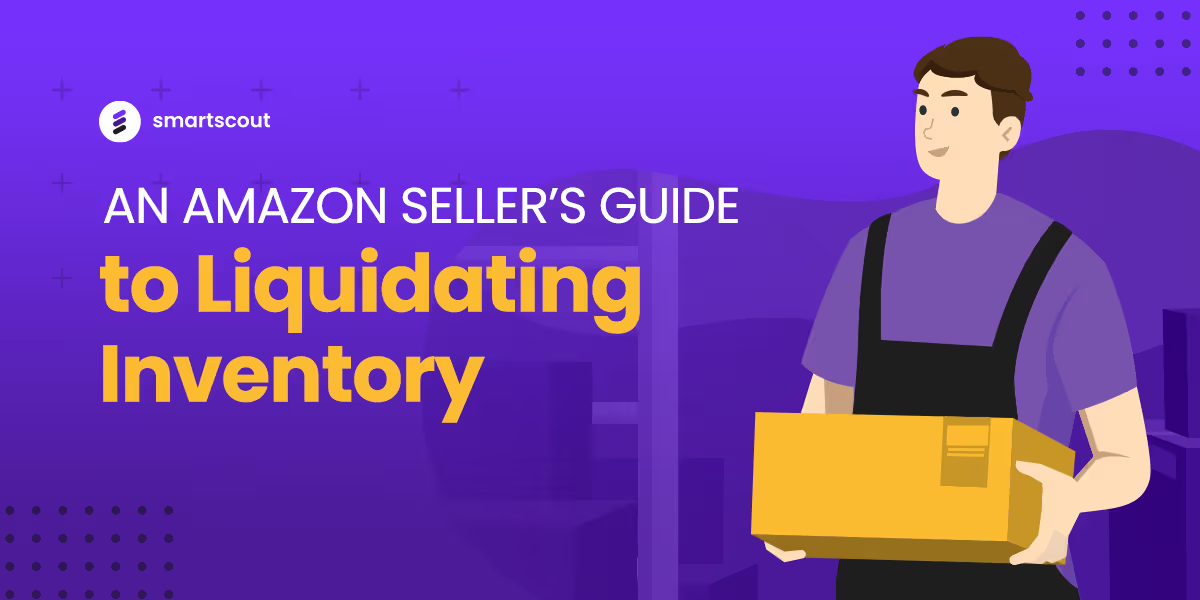As an Amazon FBA seller, you know that stale inventory incurs extra storage fees, decreases IPI score, reduces usable storage capacity, and wastes your time. Scott Needham at SmartScout covers some of the tools you can use to discount or advertise your slow selling inventory.
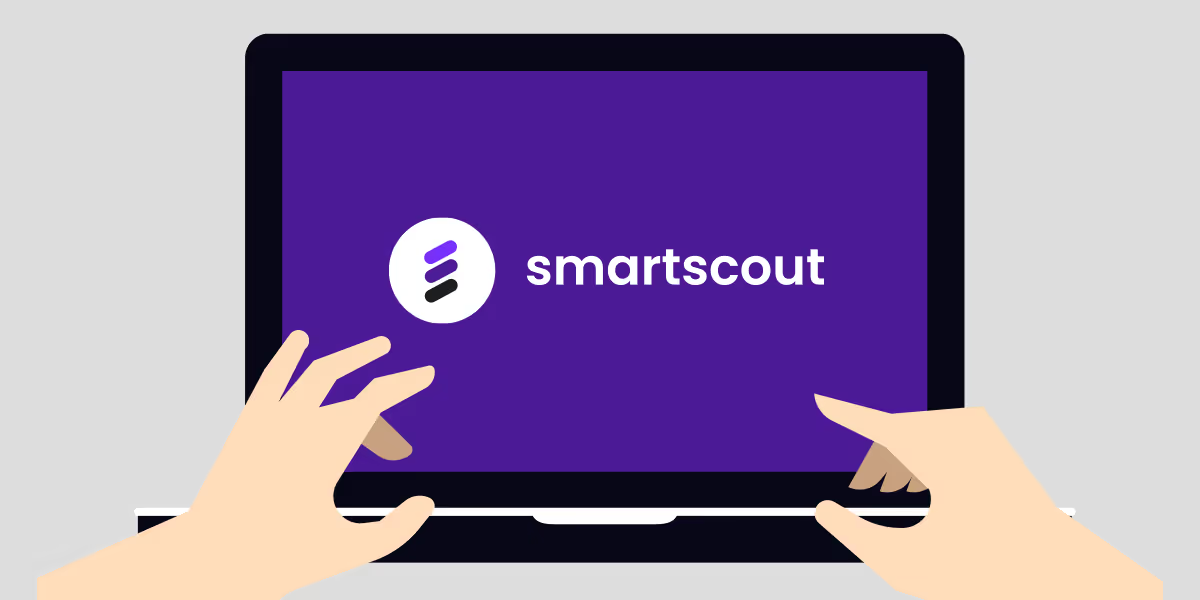
Unfortunately, at the very end of the inventory management process, most sellers face the choice of liquidating or disposing of a certain portion of their inventory. Without really understanding when and how to approach this task, most sellers only utilize Amazon’s liquidation and disposal options. For those who realize these options are either incomplete or not appropriate for their business, we have developed a helpful guide below, divided by the condition and location of their inventory.
Excess Fulfillable Inventory in Amazon’s Warehouse
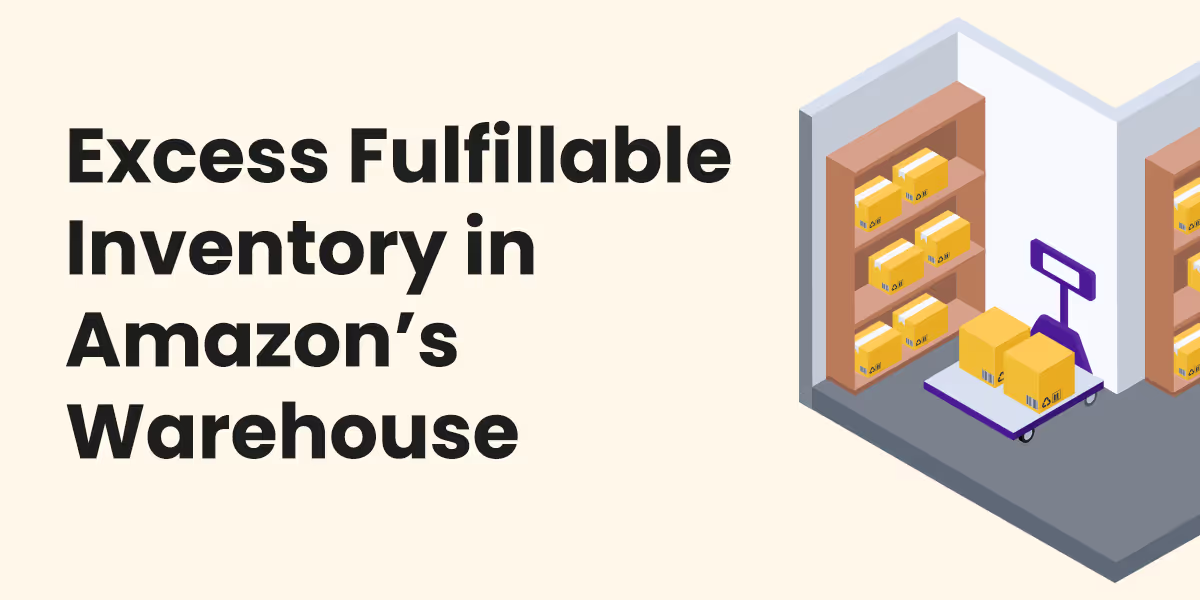
New inventory that has gotten to the liquidation phase of inventory management is generally considered “low value” (less than $40 retail). This is not always the case, but most sellers with “mid value” ($40-100 retail) or “high value” ($100+ retail) inventory will be able to advertise, discount, and otherwise sell through most of this product online, leaving only low value items to be dealt with.
The obvious solution is to send this product to Amazon’s Liquidation system which we have found to pay 5-6 percent of retail before fees. The fees Amazon charges for this service can be seen here.
However, given Amazon’s new 2023 removal order fee rate increase, most sellers will need to receive a 10 percent gross payout from an alternative liquidation option to provide them with an equal or higher payout (net of fees).

Unfortunately, most sellers struggle to find a liquidator that will pay more than 10 percent of retail for their low value items. This is simply because Amazon’s liquidation system already has products available at or below that 10 percent price point.
Of course, some sellers are more concerned about protecting their brand than maximizing their payout. For these sellers, the next challenge is finding a liquidation company that can receive their removal orders. While most items in a removal order are shipped in a two-to-four-week period, it is not uncommon for Amazon to take up to six months to complete that removal order.
Sellers will either need to receive these at their warehouse and then sell to a local liquidator or sell to a company out of state who will expect this delay. Few liquidation companies that don’t specialize in buying from Amazon sellers expect this or have the systems to record and track this properly.
Additionally, many liquidators will not commit to buying items outright, preferring instead to sell these on consignment. While a consignment deal may work when no alternative exists, sellers should focus on working with a liquidator who will offer cash when they receive the product. Consignment deals can help achieve a slightly higher payout, but it often takes months of extra time to successfully do so. Taking the cash up front is often a better decision for sellers that can utilize that money elsewhere in their business.
Excess Fulfillable Inventory Outside of Amazon’s Warehouse
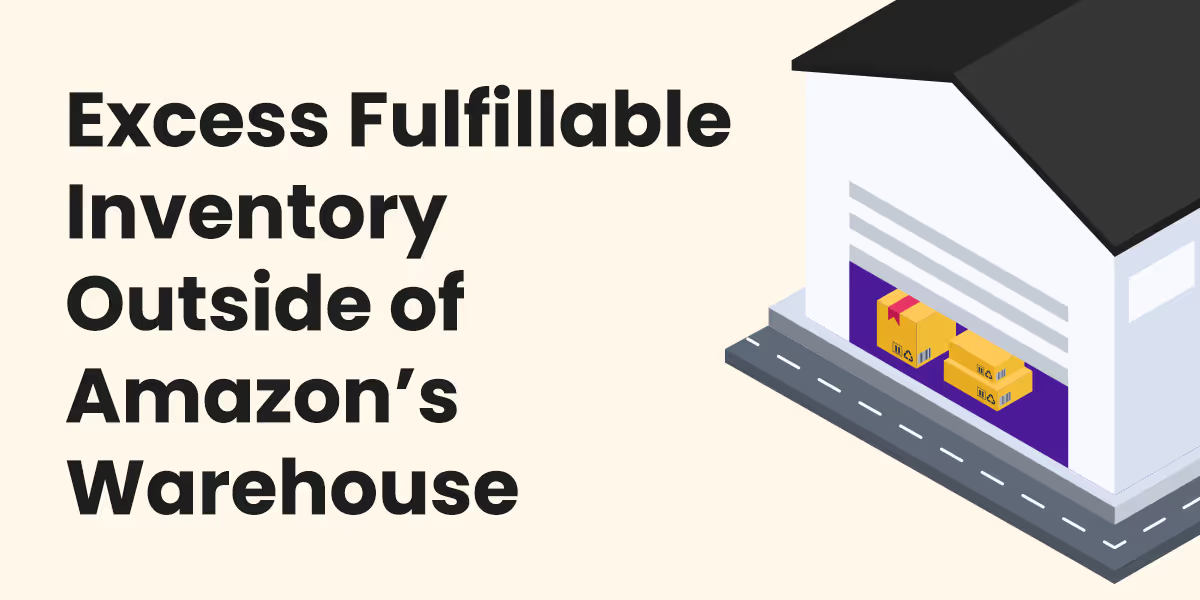
Pallets or truckloads of excess product outside of Amazon’s warehouses will be much easier to liquidate but will often pay out less than those items already at an Amazon warehouse. Many of the offers sellers receive will be lower than 5 percent of retail, especially for high quantities of lower value items.
Luckily, working with most liquidation companies (auction companies, pallet sellers, brokers, discount store owners, etc.) should be simple. Most liquidators just need to know what product a seller has and where it is located.
Sellers should search the terms “liquidation”, “auction”, “pallet”, “customer returns”, “bin store”, and “discount store” on Google Maps and Facebook Marketplace to find potential companies to sell their inventory to. The value a buyer may offer for the items may be low, so choosing a local partner will help reduce overall costs by reducing shipping costs.
When talking to one of these companies, a seller should state that they plan to sell within a specific timeframe to the highest bidder or to anyone who can offer them a specific price. This will let that buyer know that they should make an offer now (even if it is a conservative one).
Sellers should remember that liquidators will likely remember if a seller wastes their time trying to haggle. Forming good relationships with a local liquidator can be as valuable as getting top dollar on one deal since sellers will likely have more items to sell again in the future.
Unfulfillable Inventory in Amazon’s Warehouse
Customer returns can and should be handled differently than fulfillable inventory because they often have mid and high value items alongside the low value items. Additionally, they may require more time to identify, test, sort, and resell. Given that returns are a continuous issue, sellers should spend time optimizing the process they use.
The first option for many sellers is to have items sent back to their warehouses. Typically anywhere between 10 and 30 percent of items can be resold back on Amazon as used or through online marketplaces like eBay and Facebook. The remaining (and usually bulk) of the inventory can then be palletized and sent to a local liquidation company.
Specifically, sellers can look for liquidators that run “Bin Store” retail locations. At these stores, a liquidator takes their product and dumps it into large table-size bins for sale. Typically, the price for items in these bins starts at $5 and drops to $1 by the end of the week.
Ultimately, a liquidator can buy and resell a seller’s items with very little extra work. This means that these buyers are often the most open to buying any type of item. Depending on the seller, most bin store owners will willingly buy a seller’s items for $0.25-$1 in bulk. However, it is rare for these store owners to offer more than $2 for returns.
Sellers should be aware of this and come into the deal with realistic expectations. Processing own returns are best for sellers with some extra time. Unfortunately, they usually have more productive ways to spend their time, so other options are often preferable.
The seller’s second option is to use Amazon’s liquidation system to sell those same returns. While Amazon’s program has undoubtedly provided a lot of value to sellers over the years, its system currently considers 30-60 percent of many sellers’ unfulfillable inventory ineligible. The default for this ineligible inventory is disposal, which means Amazon can take this inventory and resell it itself.
A seller looking to maximize the money they can make should consider utilizing BOTH Amazon’s liquidation system AND a liquidator. Amazon can sell what is eligible for 5 percent or more, and the liquidator can receive any ineligible items that would otherwise be disposed of. This can be as simple as creating an account with a liquidation company and updating unfulfillable inventory settings to send the ineligible units to its warehouse.
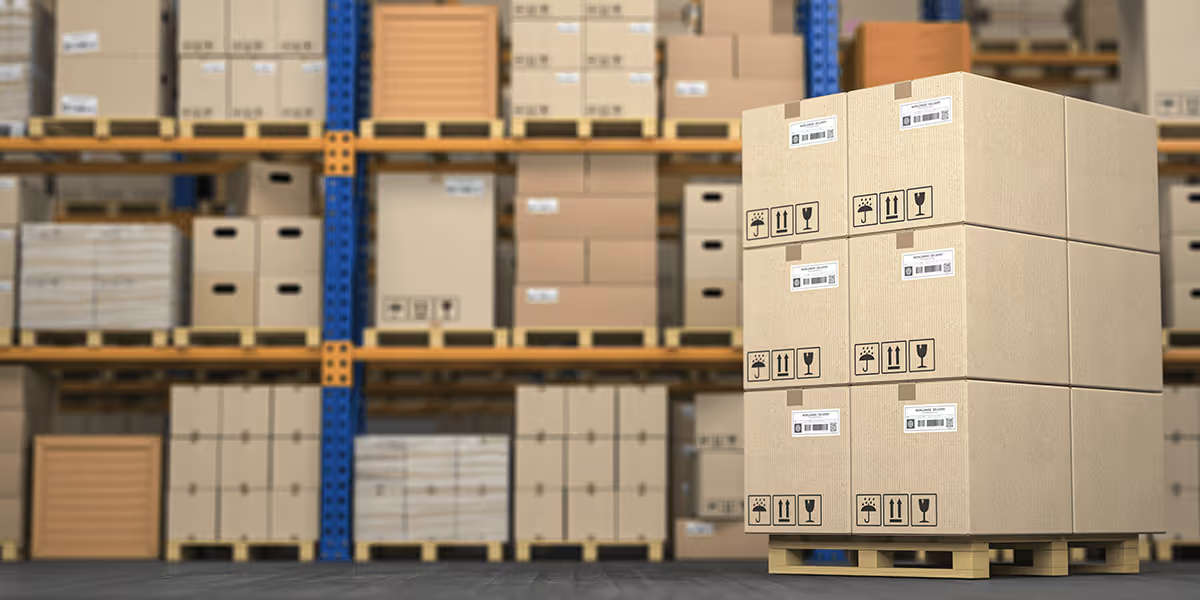
Sellers’ third option is to avoid Amazon’s liquidation and disposal options altogether, sending the inventory to an Amazon liquidator or a reverse logistics (RL) service provider. The difference between the two types of business is that a liquidator will purchase the inventory outright, while an RL company will charge fees to help the sellers resell the items themselves. Most of the time these fees will start at $2/ unit to grade items and can add up to $10+ when considering prep, repair, and storage fees.
For low value items (below $40 retail), it is often not worth the fees to have the items examined with an RL company. On the other hand, high value inventory may net more (after fees) than selling directly to a liquidator. Both options can generally help sellers get 7-15 percent of retail back for mid value items ($40-100). Additionally, both options will help maintain better control over the way the products are handled and resold.
When handling returns of low and mid value ($0-100 retail), sellers should decide if they want to maximize their payout or maximize brand protection. To maximize payout, they should utilize both Amazon’s liquidation service and a third-party liquidator.
If they want to avoid using Amazon’s options, they should determine if they want to sell items outright to a liquidator or send their items to be graded or sold on consignment through an RL company. Lastly, suppose they have mostly high value items ($100+ retail). In that case, their best option to maximize both payout and brand protection will be with an RL company or a liquidation company instead of utilizing Amazon’s liquidation system.


